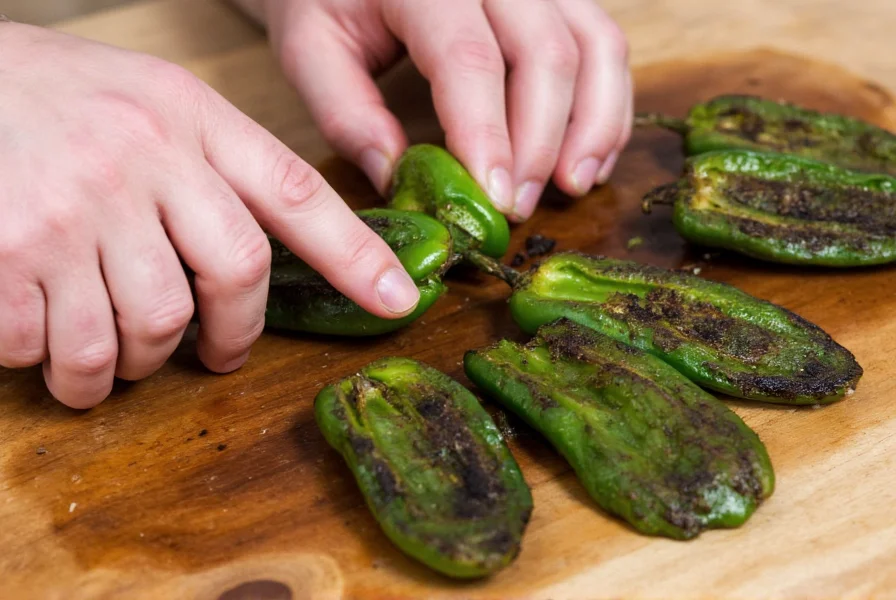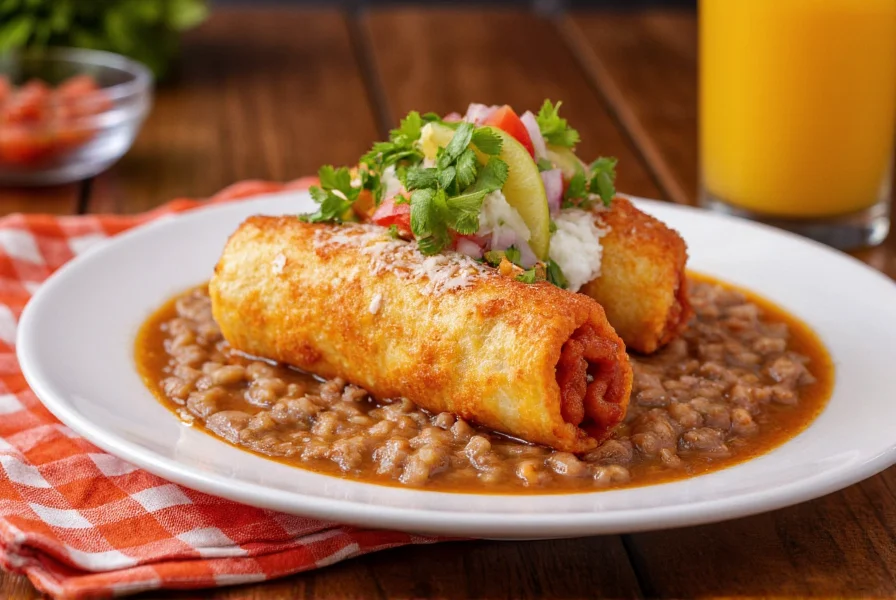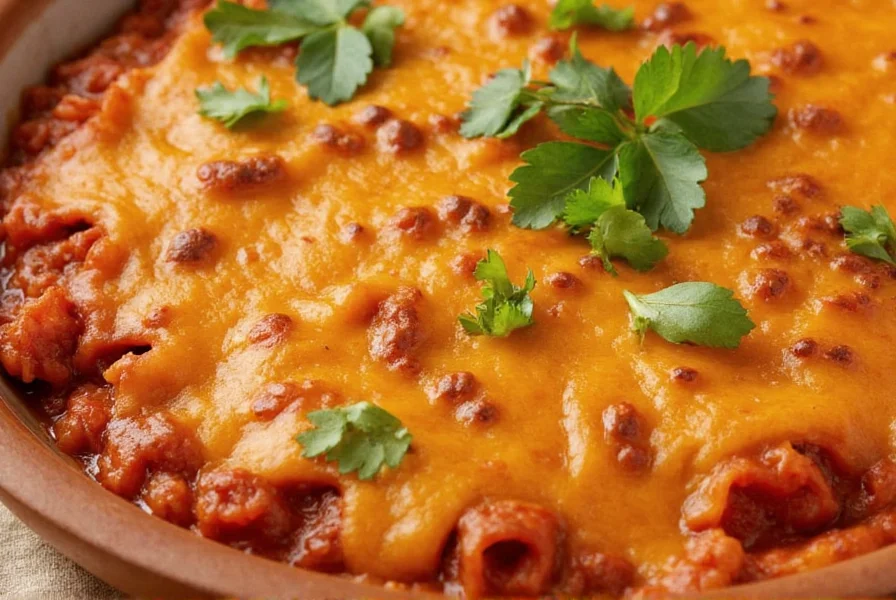Originating in the state of Puebla, chili relleno has evolved over centuries while maintaining its core identity as a stuffed pepper dish. The name itself translates to "stuffed chili" in Spanish, reflecting its simple yet elegant preparation method that showcases Mexico's rich culinary heritage. Unlike many modern adaptations, authentic chili relleno relies on careful roasting of fresh poblanos to achieve the perfect balance of smoky flavor and manageable heat.
Understanding Authentic Chili Relleno Preparation
Creating genuine chili relleno requires attention to detail at every stage, from selecting the right peppers to mastering the delicate egg batter. The traditional method involves several precise steps that transform simple ingredients into a complex, satisfying dish.
Pepper Selection and Preparation
Not all peppers qualify as authentic for this dish. Poblano peppers, with their distinctive heart shape and mild-to-medium heat (1,000-2,000 Scoville units), form the foundation of traditional chili relleno. These dark green peppers must be carefully roasted over an open flame or under a broiler until their skins blister and blacken. This critical step develops the characteristic smoky flavor while making the skin easy to remove.

After roasting, the peppers undergo a steaming process in a covered bowl, which loosens the skin for easy removal. Chefs then make a small slit along one side to carefully extract the seeds and membranes while preserving the pepper's structural integrity—a technique that prevents bitterness while maintaining the pepper's shape during stuffing.
The Essential Cheese Component
Authentic Mexican cheese selection makes or breaks a chili relleno. Traditional recipes use either queso fresco (a crumbly, fresh cheese) or Oaxaca cheese (a stringy, melt-friendly variety similar to mozzarella). The cheese must maintain its shape during frying while providing that signature creamy interior. Modern variations sometimes incorporate Monterey Jack for accessibility, but purists insist on authentic Mexican cheeses for proper flavor profile.
| Traditional Cheese Options | Flavor Profile | Melting Characteristics |
|---|---|---|
| Queso Fresco | Slightly tangy, milky | Holds shape, softens but doesn't fully melt |
| Oaxaca Cheese | Buttery, mild | Stretches when melted, creates signature pull |
| Asadero | Creamy, slightly salty | Melts smoothly without becoming greasy |
Mastering the Egg Batter Technique
The light, airy batter that encases authentic chili relleno requires precise technique. Traditional preparation separates egg whites from yolks, then vigorously beats the whites until stiff peaks form. The yolks mix with a small amount of flour before gently folding in the whipped whites. This creates a delicate coating that fries to a perfect golden color without overwhelming the pepper. Many home cooks make the mistake of using beer batter or standard flour coatings, which produce a heavier texture inconsistent with authentic preparation.
Regional Variations Across Mexico
While Puebla claims the dish's origin, regional adaptations have created distinctive versions throughout Mexico:
- Puebla style: The original preparation featuring simple cheese filling with minimal additional ingredients
- Mexico City variation: Often includes picadillo (seasoned ground meat) alongside the cheese
- Northern Mexico version: Incorporates local cheeses like Chihuahua and sometimes adds roasted corn
- Coastal adaptations: May feature seafood fillings while maintaining the stuffed pepper format
These regional differences reflect Mexico's diverse culinary landscape while maintaining the fundamental concept of roasted, stuffed peppers. Understanding these variations helps appreciate chili relleno as a living tradition rather than a static recipe.
Avoiding Common Preparation Mistakes
Even experienced cooks encounter challenges when preparing authentic chili relleno. The most frequent errors include:
- Using inappropriate pepper varieties (jalapeños are too hot, bell peppers lack flavor)
- Overfilling peppers, causing them to split during cooking
- Improper roasting technique that either undercooks or burns the peppers
- Using melted cheese that leaks out during frying
- Creating a heavy batter that overwhelms the delicate pepper flavor
Professional chefs recommend testing one pepper first to perfect your roasting technique before preparing a full batch. The ideal roasted poblano should have evenly blackened skin with no raw green spots yet without any areas turning to ash.
Serving Traditions and Accompaniments
In Mexico, chili relleno typically appears as part of a larger meal rather than as a standalone dish. Traditional service includes:
- Serving with a simple tomato-based ranchero sauce or rich mole
- Accompanying with Mexican rice and refried beans
- Offering with fresh tortillas for wrapping
- Garnishing with crema and crumbled queso fresco

The dish's versatility allows it to function as either a main course or part of a larger spread. When served as street food, vendors often present it wrapped in a warm tortilla with minimal accompaniments.
Vegetarian and Modern Adaptations
While traditional chili relleno is naturally vegetarian when prepared with just cheese, contemporary variations have expanded the possibilities:
- Vegetable-enhanced versions: Incorporating roasted corn, mushrooms, or spinach into the cheese filling
- Vegan adaptations: Using plant-based cheeses and flax eggs for the batter
- Lighter preparations: Baking instead of frying for reduced oil content
- Gourmet interpretations: Adding ingredients like caramelized onions or artisanal cheeses
These innovations maintain respect for the dish's heritage while accommodating modern dietary preferences. However, purists argue that any addition beyond cheese fundamentally changes the dish into something other than authentic chili relleno.











 浙公网安备
33010002000092号
浙公网安备
33010002000092号 浙B2-20120091-4
浙B2-20120091-4